With contrast marks.
A silver salvilla in its natural color, with feet formed by two joined "c"s, embellished with architectural elements, and a top with a profile of mitered curves that result in ridges on the overhanging sides, further enhanced by several smooth moldings. Stylistically, the piece corresponds to a very common fashion in Spanish silversmithing of the second half of the 18th century in terms of the shape and contours of the upper part. However, the feet, curiously, are more reminiscent of earlier Baroque elements. The hallmarks refer to Juan Sanz de Velasco, a silversmith established in Salamanca since 1759 (more precisely, active between 1746 and 1786). Juan Manuel Sanz de Velasco (1717-1786) was born in Ampudia (Palencia) and became a master craftsman in 1746. His works include a monstrance in Linares de Riofrío, an altar cross (Rágana parish), altarpieces in Salamanca Cathedral, cruets (La Vellés), a boat-shaped censer (Armenteros), and more.
Weight: 880 grams. Dimensions: 32 x 32 x 4.5 cm


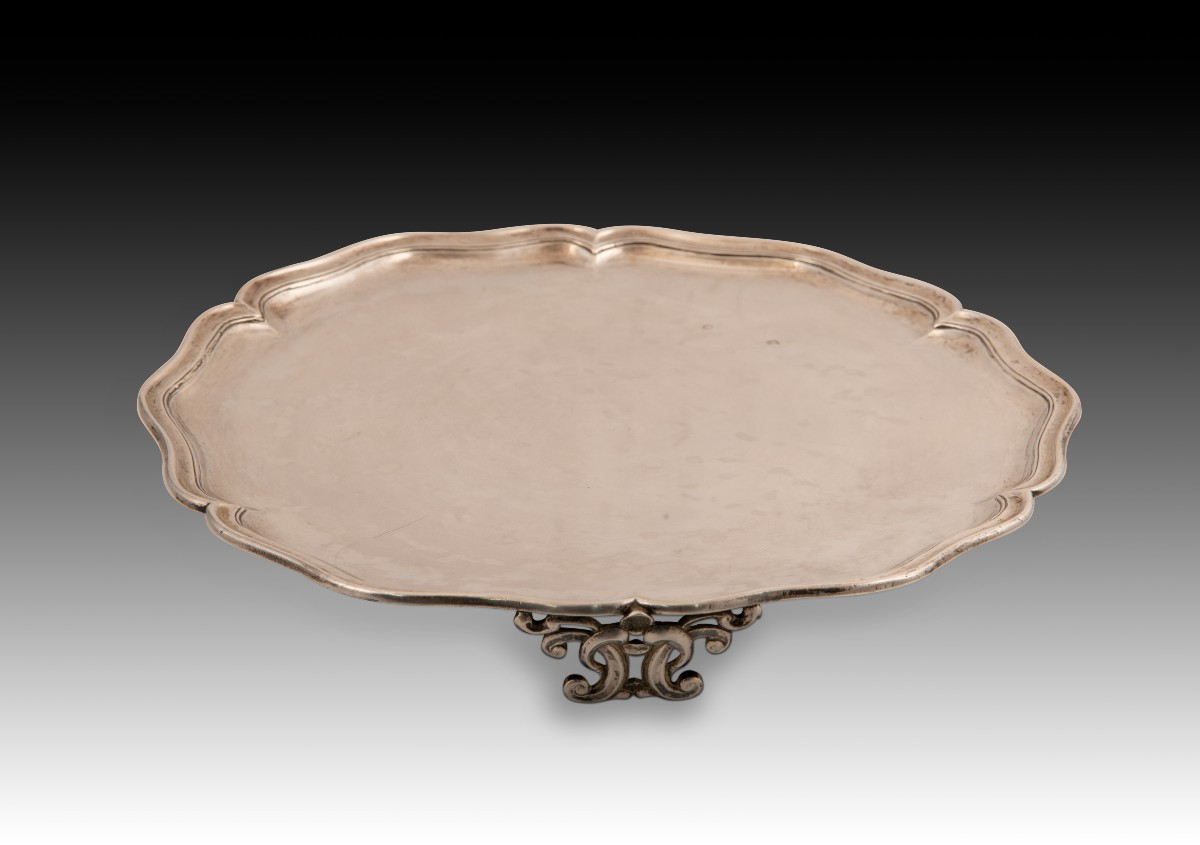
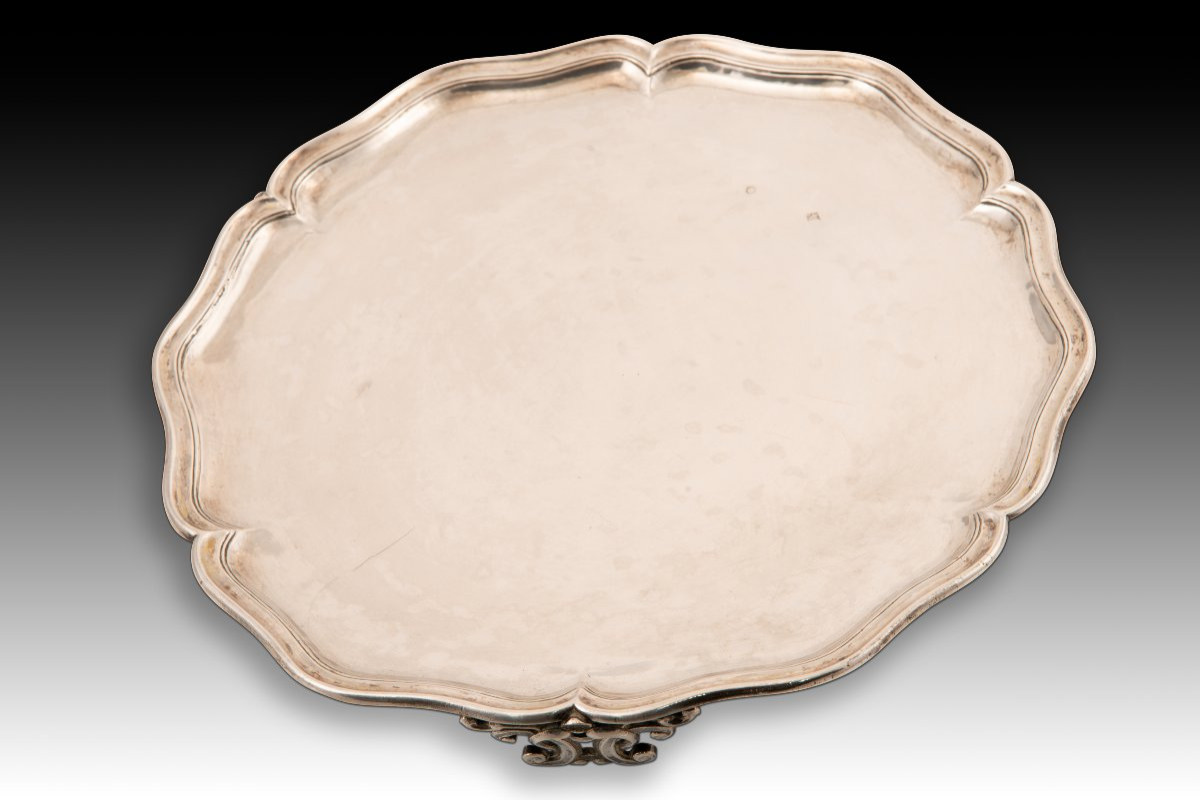

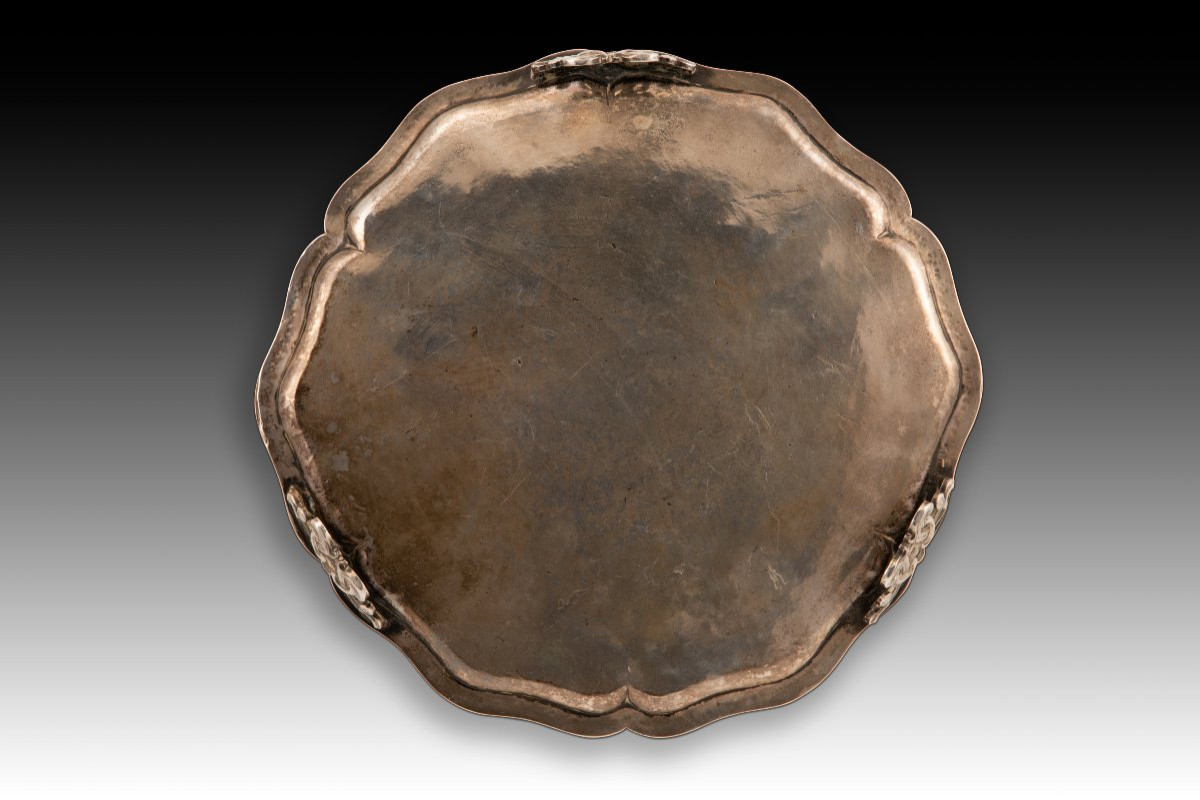
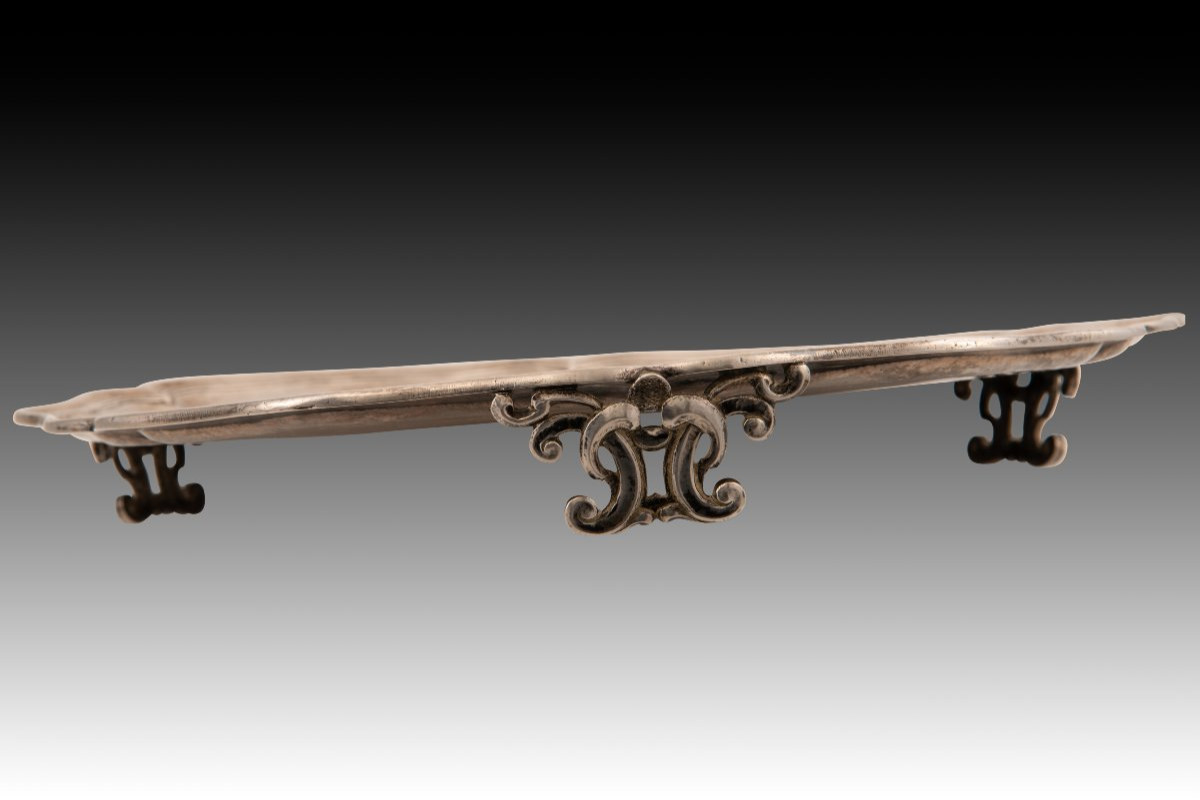
















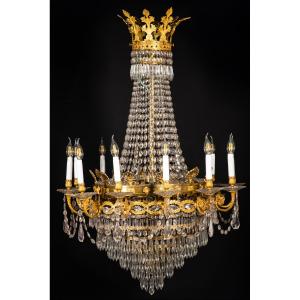






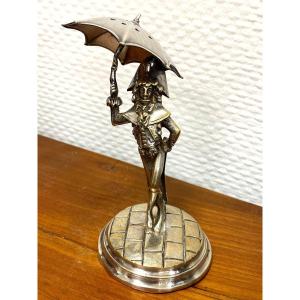
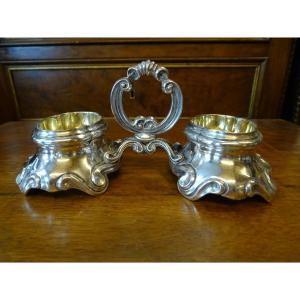






 Le Magazine de PROANTIC
Le Magazine de PROANTIC TRÉSORS Magazine
TRÉSORS Magazine Rivista Artiquariato
Rivista Artiquariato